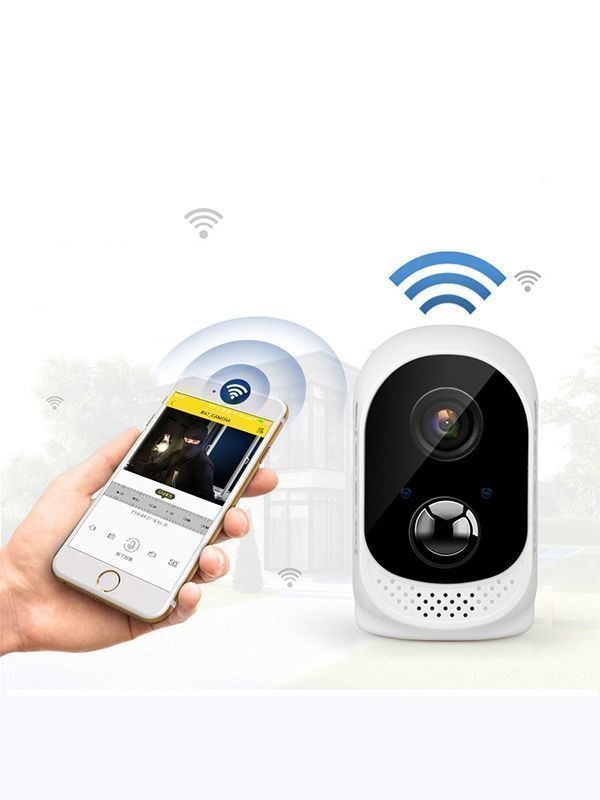
If you are receiving proper connection replies, use a web browser or the manufacturer's discovery utility to connect to the camera. There can be many reasons for that, the most basic being that the camera and the computer are on different networks or subnets. For example, if your camera's address is 192.168.2.150, use "ping 192.168.2.150 -t" at the command prompt, if you receive "Destination Host Unreachable" or "Request Timed Out" replies that means you are not connecting to the camera via the network. Ping the camera and discover it: Type " cmd " into the Windows search box to open a DOS command prompt and the use the "ping" command to see if you can connect to the camera. This step is the least difficult and cheapest to perform, one only has to remove power, wait 10 or 15 seconds, and then restore power.Ģ. Simply restarting the camera gives the chance for cache to flush, settings to recalibrate, and connections to be renegotiated. Reboot the camera: Some consider the 'Golden Rule' of IT troubleshooting to first reboot the device before proceeding. In this note, we detail the Top 10 basic troubleshooting tips for IP camera connections.ġ. Every technician should have a few basic troubleshooting techniques up their sleeve to get IP cameras online and working.

As IP video matures, the technology gets easier to configure, but it is still far from "plug and play". Despite everything looking correct, it can still take some extra effort to bring IP cameras up and operational. Troubleshooting IP cameras can be tricky and frustrating.


 0 kommentar(er)
0 kommentar(er)
